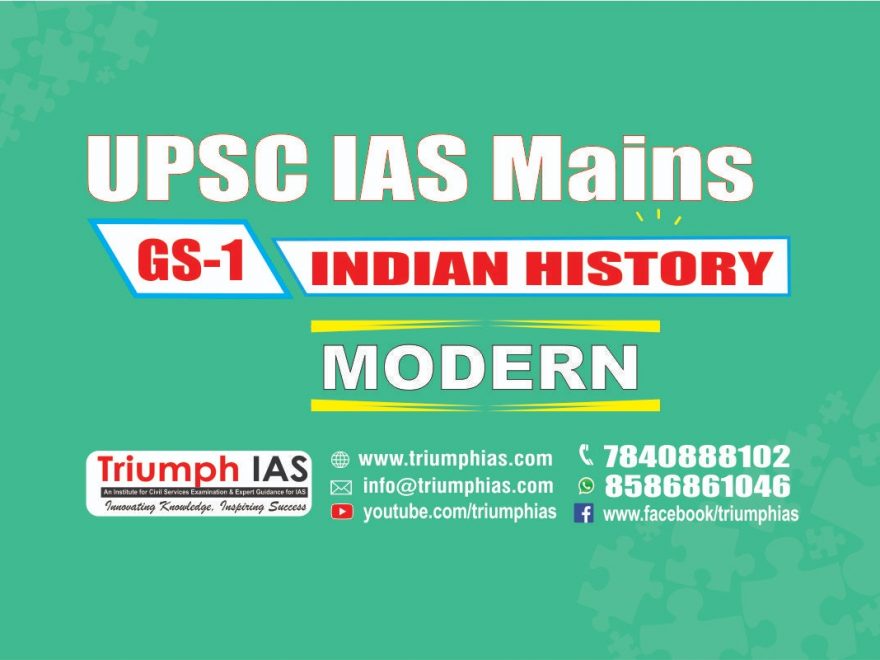Relevance: Mains: G.S paper I: Modern History
Why in news?
- The Uttar Pradesh cabinet Tuesday approved a proposal to set aside Rs 234 crore for a zoological garden spread across 121 acres in Gorakhpur, to be named after the freedom fighter and revolutionary Shaheed Ashfaqullah Khan.
Explained: Who was Ashfaqullah Khan?
Khan was born on October 22, 1900, in Shahjahanpur, Uttar Pradesh. He grew up at a time when Mahatma Gandhi had launched the non-cooperation movement and urged Indians not to pay taxes to the government or co-operate with the British.
Within about 1.5 years of the movement’s launch, in February 1922, the Chauri Chaura incident took place in Gorakhpur — a large number of non-cooperation protestors clashed with the police and set the police station on fire, killing roughly 22 policemen. Opposed to violence, Gandhi called off the movement.
According to a press release by the Press Information Bureau (PIB), the youth of the country were greatly disappointed and disillusioned with this. Khan was one among these youths. Subsequently, he joined the revolutionaries and became acquainted with Bismil.
In the 2006 feature film Rang De Basanti, which revolves around the lives of five friends who play revolutionary characters Chandrashekhar Azad, Bhagat Singh, Shivaram Rajguru, Ram Prasad Bismil and Ashfaqulla Khan in a documentary film, Khan’s character is played by Kunal Kapoor and Bismil’s by Atul Kulkarni.
Ashfaqullah Khan and the Hindustan Socialist Republican Association
In the mid-1920s, Khan and Bismil went on to found the Hindustan Socialist Republican Association (HSRA), with the aim of winning freedom for the country through an armed revolution.
HSRA published its manifesto titled “The Revolutionary” in 1925, which, among other things, said, “The immediate object of the revolutionary party in the domain of politics is to establish a federal Republic of United State of India by an organized and armed revolution. The final constitution of this Republic shall be framed and declared at a time when the representatives of India shall have the power to carry out their decision. But the basic principles of this Republic will be universal suffrage and abolition of all system which make the exploitation of man by man possible, e.g. the railways and other means of transportation and communication, the mines and other kinds of very great industries such as the manufacture of steel and ships all these shall be nationalised.”
The manifesto added, “The Indian revolutionaries are neither terrorists nor anarchists. They never aim at spreading anarchy in the land and therefore they can never properly be called anarchists. Terrorism is never their object and they cannot be called terrorists. They do not believe that terrorism alone can bring independence and they do not want terrorism for terrorism’s sake although they may at times resort to this method as a very effective means of retaliation.”
The Kakori Conspiracy
In August 1925, an armed robbery took place on board the Kakori Express, going from Shahjahanpur to Lucknow, carrying money that had been collected at various railway stations and was to be deposited in Lucknow.
In this planned robbery, carried out to fund the activities of the HSRA, Bismil, Khan and over 10 other revolutionaries stopped the train and fled with the cash they found in it. Within a month of the robbery, many members of the HSRA were arrested.
In September 1926, Bismil was arrested but Khan was on the run. According to the PIB release, he hid in a sugarcane field half a mile from his home for sometime, before he left for Bihar and then Delhi, where he was finally arrested. The trial for the case went on for about 1.5 years. It ended in April 1927, with Bismil, Khan, Rajendra Lahiri and Roshan Singh sentenced to death, and the others given life sentences.
